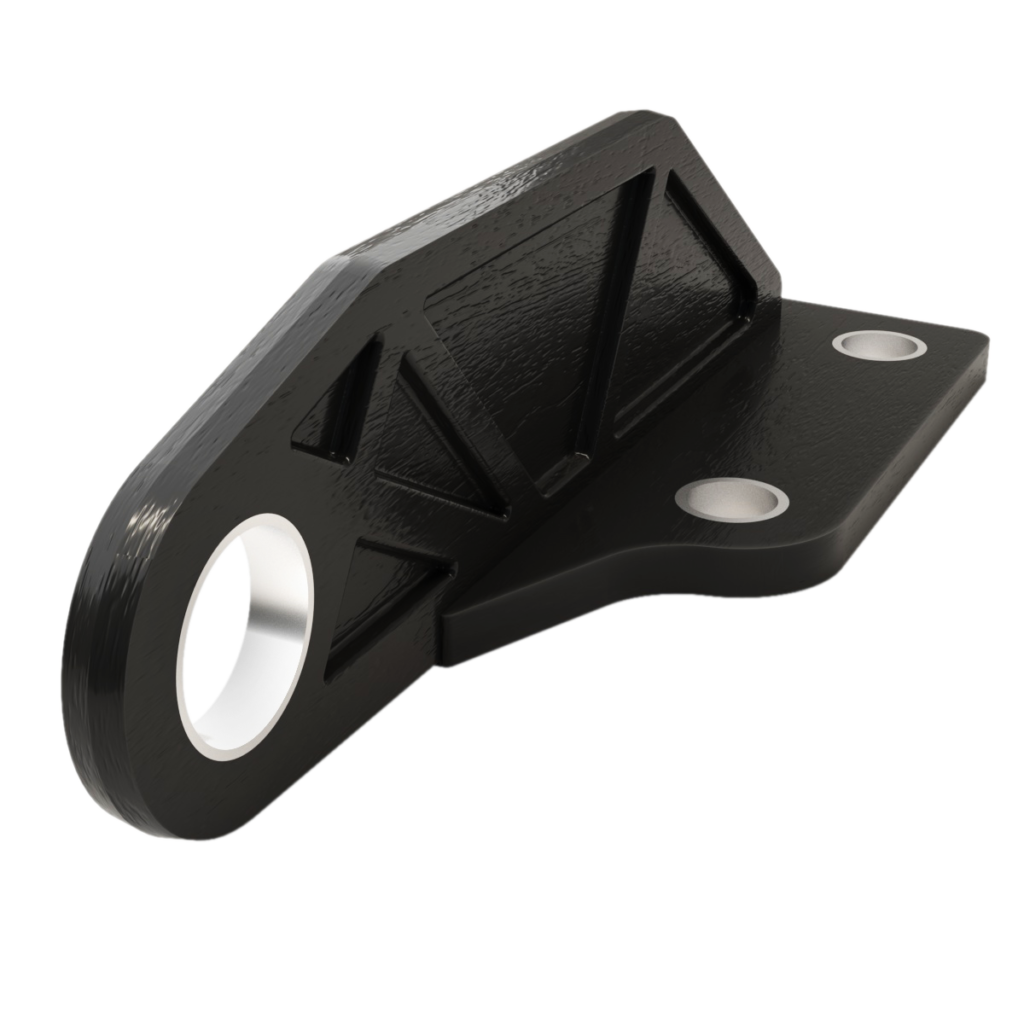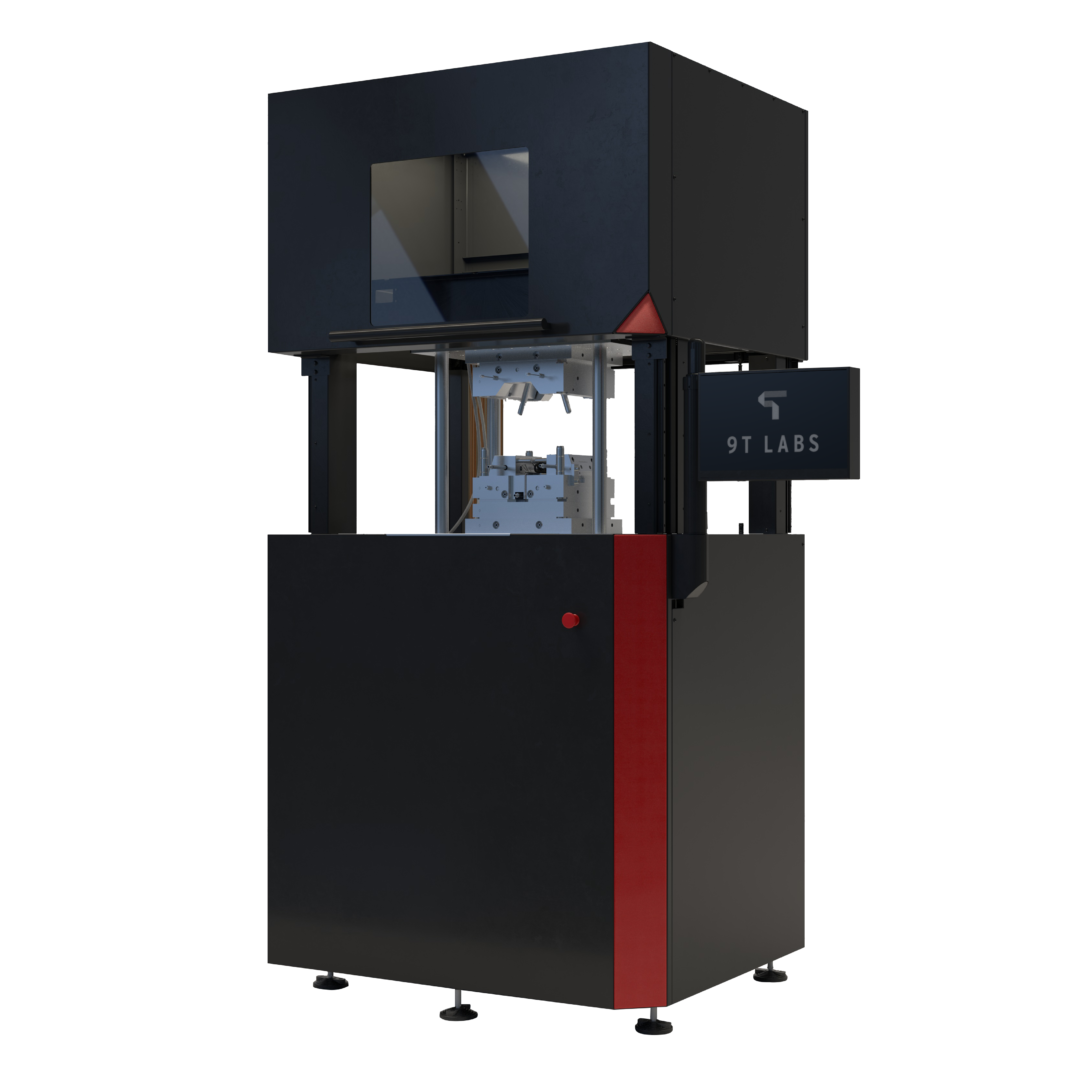Insights into 3D Printer Manufacturer 9T Labs’ production ready solutions for 3D printed carbon composite parts
9T Labs’ deposition process places continuous carbon fiber only where necessary to save material, reduce waste, and more precisely control the structure of preform composites.
High costs are often regarded as the major hurdle of composite materials that are processed via conventional manufacturing processes. With a layer-to-layer manufacturing approach, composite materials deliver strong and lightweight properties indispensable for aerospace parts, surgical guides, and consumer products, to name a few examples.
9T Labs has come into play with a new way of building composite parts, one that combines 3D printing technique with continuous carbon fiber reinforcement and compression molding to create strong, and light components. The multi-step method delivers parts that can be both cheaper and less wasteful than either conventional composite or metal machined parts, with less porosity and more repeatability than other continuous carbon fiber 3D printing solutions can provide.
9T Labs’ Red Series system consists of its Fibrify software and two different machines, the Build module and the Fusion module. The Build module is an industrial 3D printer with a deposition nozzle to place thermoplastic filament (to date, mostly PA12 and PEKK) and a fiber guide to place the carbon fiber-reinforced filament. The platform can also be used with different materials.

Importantly, the reinforced filament does not need to follow the same path as the neat plastic; instead, this capability can be turned on and off as needed. The Fibrify software provides user-adjustable intelligent fiber layup suggestions and integrates with commercially available FEA simulation packages such as ANSYS to verify and optimize these patterns.
Parts can be utilized right out of the printer as functional prototypes, jigs and fixtures, or one-off parts, but voids and dimensional accuracy preclude them from most of the high-performance production applications 9T Labs is truly after. To achieve their final density and dimensions, these “preform” parts go through a compression molding step in the Fusion module, capable of reaching temperatures up to 400°C and pressure beyond 20 bar.

This step uses a mold tool unique to the part — typically machined aluminum for a short-run job, or stainless steel for higher volumes — to compress the printed layers and fiber together, resulting in a low-porosity, dense and strong final composite piece. Parts achieve less than 1% void content through the Fusion process. As an added benefit, bushings, bearings and other inserts can be added to parts before compression molding and secured into place during this step, reducing assembly on the other side. The process also allows for multiple sub-parts to be assembled and fused into one part leads to real 3D fiber orientation.
9T Labs’ process reduces labor as well as waste and mass over those conventional manufacturing methods. Compared to machined aluminum, Red Series composite parts are lighter weight and can be built without creating scrap. Since the reinforcing fibers are placed only where needed, the parts are generally even lighter than conventional composites while still being strong enough to perform in use. Lastly, they are far more cost-effective to make at small scale and quantity (generally between 100 and 10’000 parts per annum).
Remember, you can post job opportunities in the AM Industry on 3D ADEPT Media free of charge or look for a job via our job board. Make sure to follow us on our social networks and subscribe to our weekly newsletter : Facebook, Twitter, LinkedIn & Instagram ! If you want to be featured in the next issue of our digital magazine or if you hear a story that needs to be heard, make sure you send it to contact@3dadept.com






